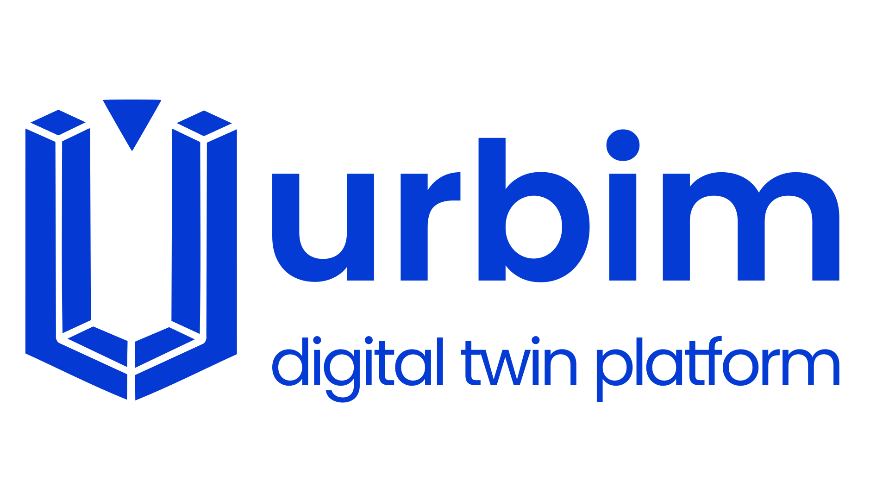Introduction
Reducing operational costs and improving efficiency are constant goals for modern businesses. Achieving these objectives often requires robust data integration solutions that enable seamless data merging and process automation. This article explores general strategies and technologies that can help streamline operations and reduce costs.
General Analysis
Inefficient data management and manual processes can lead to high operational costs and decreased efficiency. A lack of visibility and control over operations often results in suboptimal decisions. Let’s examine some common challenges in operational optimization and potential solutions.
Operational Optimization Challenges
- ? Time-consuming manual processes
- ? High costs due to inefficiency
- ? Lack of operational transparency
⏳ Time-Consuming Manual Processes
Manual processes are often labor-intensive and prone to errors. These inefficiencies can lead to significant time wastage, impacting overall productivity and operational costs. Automation tools can help mitigate these issues by streamlining repetitive tasks and reducing the need for manual input. According to a study by the Harvard Business Review, automation can reduce manual processing time by up to 80% [source].
? High Costs Due to Inefficiency
Inefficient processes can result in high operational costs. Without streamlined workflows, businesses may incur unnecessary expenses, affecting their bottom line. Implementing integrated software solutions can help organizations optimize their workflows and reduce costs associated with inefficiencies. As noted by MIT Sloan Management Review, integrated systems can lead to cost savings of 15-25% [source].
? Lack of Operational Transparency
A lack of visibility into operations can hinder effective decision-making. When data is not integrated and easily accessible, it becomes challenging to identify inefficiencies and areas for improvement. Technologies such as Business Intelligence (BI) tools can provide insights into operational performance, enabling better decision-making. Gartner reports that BI tools can enhance decision-making speed and accuracy by 35% [source].
Technological Solutions for Operational Efficiency
Various technologies can aid in improving operational efficiency and reducing costs, including data integration platforms, automation tools, and analytics software.
Key Technologies
- Process Automation: Tools like Robotic Process Automation (RPA) can automate repetitive tasks, reducing the time and costs associated with manual processes.
- Data Integration Platforms: Solutions that consolidate data from various sources enhance visibility and streamline operations, allowing for better resource management.
- Business Intelligence Tools: These tools provide real-time analytics and reporting capabilities, enabling organizations to make informed decisions based on accurate data.
⚙️ Process Automation
Automating manual tasks not only improves efficiency but also minimizes errors, leading to more reliable operations. RPA tools can be particularly effective in industries such as finance and healthcare, where data entry and processing are critical. According to McKinsey & Company, RPA can reduce processing costs by up to 60% [source].
? Data Integration Platforms
By integrating data from various sources, businesses can gain a comprehensive view of their operations. This transparency allows for quick identification and resolution of inefficiencies, enhancing overall performance. The International Data Corporation (IDC) suggests that integrated data platforms can improve operational efficiency by 20-30% [source].
? Business Intelligence Tools
Real-time data integration and analysis facilitate effective cost management. BI tools help organizations monitor and control expenses, ensuring that resources are used efficiently. According to Forrester Research, businesses using BI tools see a 15% improvement in operational efficiency [source].
For businesses looking to enhance their operational efficiency and reduce costs, exploring these technologies can provide significant advantages. By leveraging process automation, data integration, and business intelligence, organizations can streamline their operations and achieve substantial cost savings.
CREATE-INTEGRATE-MANAGE. Interested in optimizing your operations? Book a meeting with us to discuss how we can help you achieve your goals.
Citations:
[1] Harvard Business Review
[2] MIT Sloan Management Review
[3] Gartner
[4] McKinsey & Company
[5] International Data Corporation (IDC)
[6] Forrester Research





